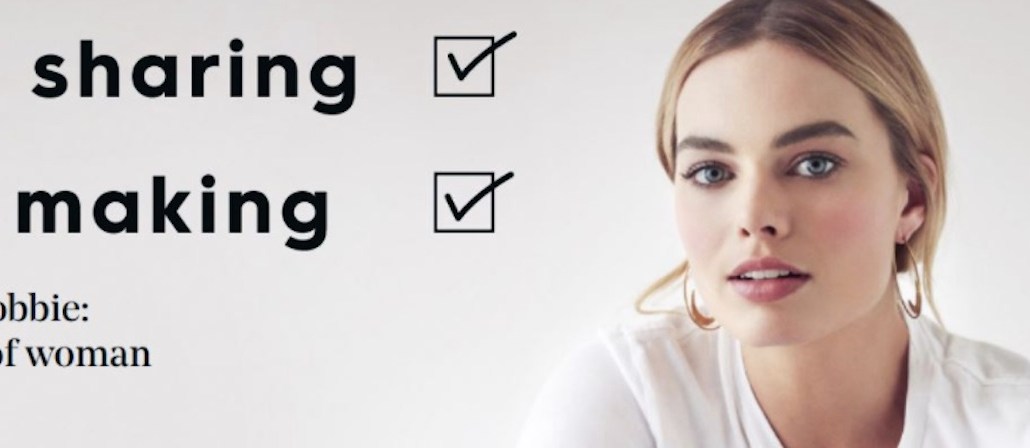Save 50% on a 3-month Digiday+ membership. Ends Dec 12.

When news hit earlier this year that a woman working for a finance company in London was sent home for wearing flat shoes, Shortlist Media, which publishes weekly, free city magazines Stylist and Shortlist, scored a point for equality by filming blokes going to work in heels. The result was a 23 million views across social media.
“This could only be done in video. You had to see men falling over while making a cup of tea,” explained Ella Dolphin, CEO of Shortlist Media, which has a circulation of 900,000. “That was a breakthrough for the team.”
For the past six months, increasing the video output has been a focus for Shortlist Media. The video team of 10 is first working on content for the Stylist brand, the female-focused weekly magazine that’s now in 10 U.K. cities, before bolstering video output at Shortlist, the male-skewing equivalent.
Shortlist Media is currently producing five videos a week, split between planned featured pieces, like on the U.S. election, and reactive pieces to the news agenda, albeit through a lifestyle lens. These videos have been successful: This video of cats reacting to Donald Trump’s sexist remarks has had 233,000 views and 2,300 shares. This one where women repeat some of Trump’s choicest comments had 61,000 views. It also produces makeup tutorials (like this in time for Halloween) and how-to videos for cocktails and dishes.
And brands are taking notice. After viewing the men-in-heels video, the Flower Council of Holland approached Shortlist asking for something similar. The result is this video interviewing people outside a London shop about why they bought flowers. The publisher has done a handful of other social-first video campaigns for brands, including this for Clinique on the work-life balance.
It will be ramping up the amount of the work it does for brands with the formal announcement of Family, it’s branded-content division. By year’s end, it hopes this will increase the amount it gets from branded content to half its overall revenue. Currently, it’s 38 percent, up from 30 percent in 2015 (the rest is display advertising). The editorial staff will work on the commercial content in a blending of church and state, which Dolphin doesn’t see as problematic for the lifestyle publisher.
While the publisher has always offered branded-content solutions, the launch of Family nods to a change in the incoming briefs. “Three-quarters of our briefs want our help to produce content that can be shared, this is very different from 18 months ago when they wanted to create an activation around a brand,” said Dolphin.
The launch of Family indicates a change in processes, she said, a blending of the commercial and editorial teams: when a brief comes in to the commercial director they will pull in the required editorial experts to fit it. Likewise, when it sees topics working well editorially, whether it’s gin or navy coats, it will take this to prospective brands. “We’re mirroring the two workflows,” said Dolphin.
Image: Courtesy of Stylist, via Facebook.
More in Media

Meta enters AI licensing fray, striking deals with People Inc., USA Today Co. and more
The platform has secured seven multi-year deals with publishers including CNN, Fox News, People Inc., USA Today Co to incorporate their content into its large language model (LLM) Llama.

European publishers say the Digital Omnibus ‘cookie fix’ leaves them worse off
The European Union’s attempt at a legislative spring clean for Europe’s web of data privacy rules, has landed flat with publishers.

Digiday+ Research Subscription Index 2025: Subscription strategies from Bloomberg, The New York Times, Vox and others
Digiday’s third annual Subscription Index examines and measures publishers’ subscription strategies to identify common approaches and key tactics among Bloomberg, The New York Times, Vox and others.





